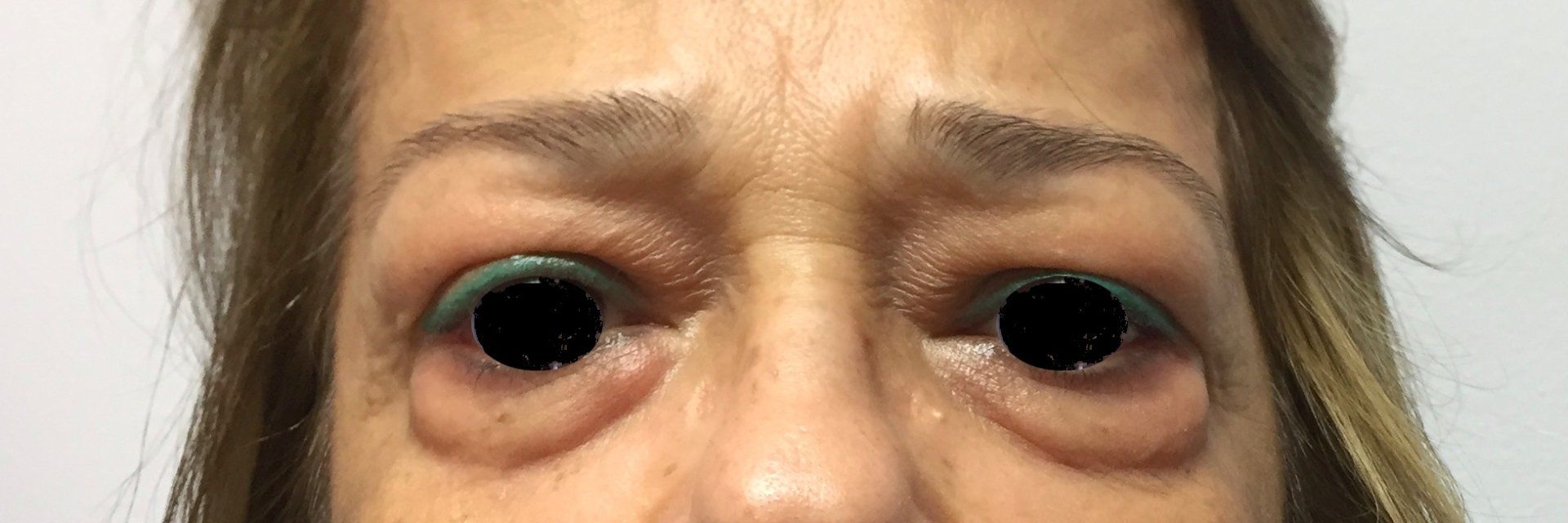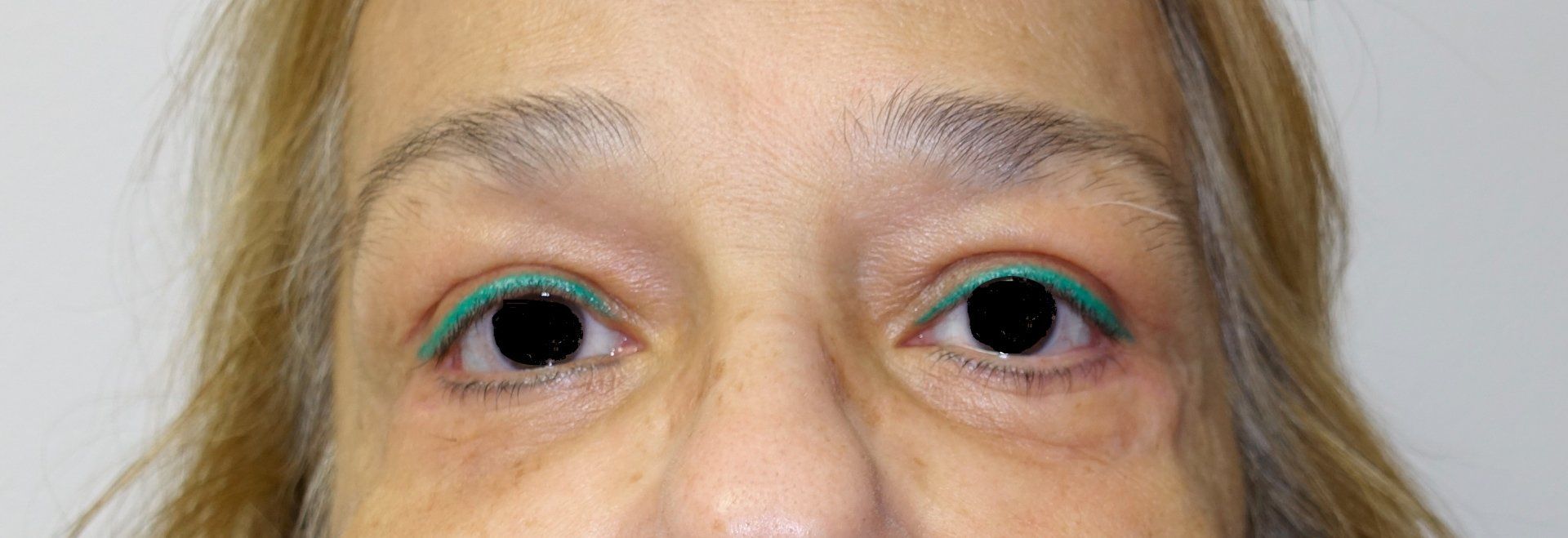EYELID LIFT (BLEPHAROPLASTY)
Upper Eyelid Lift (Upper Blepharoplasty)
The upper blepharoplasty procedure restores a youthful and rejuvenated look to the upper eyelids. The procedure involves an incision within the crease of the upper eyelid to remove excess skin, relieve the look of “heaviness”, and when severe, may even improve peripheral vision. The procedure may also be combined with a small amount of fat removal to reduce puffiness in the inner corner of the upper eyelid. A brow lift procedure can also be considered if brow descent seems to be a contributing factor to hooding of the upper eyelid. The ultimate goal is a brighter, more “open” appearance to the eyes and a natural result, without looking like you had eyelid surgery.
Before and After Photos:
View more blepharoplasty before and after photos
Postoperative Care
Upper blepharoplasty is done on an outpatient basis under local anesthesia. There is minimal discomfort after surgery. Swelling and discoloration will resolve within the first 10 days to 2 weeks. It is important to keep your head elevated during the initial postoperative period to help reduce swelling. Cold compresses with gauze or a sponge dipped in ice water and applied to the eyes for the first 48 hours for 15 minutes at time can also help reduce swelling and discoloration more quickly. You should also apply artificial tears or saline eye drops to both eyes 2-3 times a day to help keep the eyes moist after surgery. Stitches are removed within the first week. Most patients feel comfortable in a public setting or returning to work after 2 weeks.
BLEPHAROPLASTY Q&A:
Will a blepharoplasty improve my “smile lines”?
A blepharoplasty will not improve the “smile lines”, also known as “crow’s feet” because these lines are due to muscle activation. However, Botox may be combined with a blepharoplasty to improve the appearance of these lines.
How long does a blepharoplasty take?
The procedure may take anywhere from 45 minutes to 2 hours depending on the chosen techniques. The upper and lower blepharoplasty can easily be combined into one procedure. Due to the delicate anatomy, it is important to select a surgeon who is comfortable with the intricate anatomy of the eyelids.
What causes lower eyelid “puffiness”?
As we age, structures that support the lower eyelid begin to weaken, allowing normal fatty tissue of the orbit to move outward. Depending on the severity of herniated fat, this process gives the lower eyelids the appearance of “puffiness” or “bags”. Part of a lower eyelid blepharoplasty procedure may involve removing or repositioning the fatty tissue.
How do you fix a lower eyelid depression?
The cause of a lower eyelid depression, or “tear trough deformity” is multifactorial, and has to with a combination of variations in eyelid anatomy, changes in facial volume with age, and weakening of lower eyelid retaining ligaments (fibrous bands that tether the eyelid skin to the underlying facial structure). A lower eyelid depression is aesthetically displeasing because it disrupts the normally smooth junction between the lower eyelid and cheek. Fat grafting or fat repositioning and/or ligament release are techniques that are extremely useful in treating this deformity as part of a lower blepharoplasty procedure.





